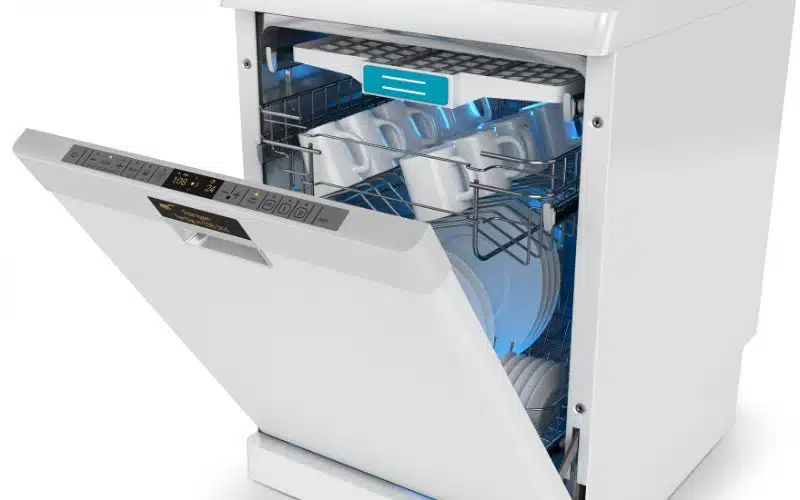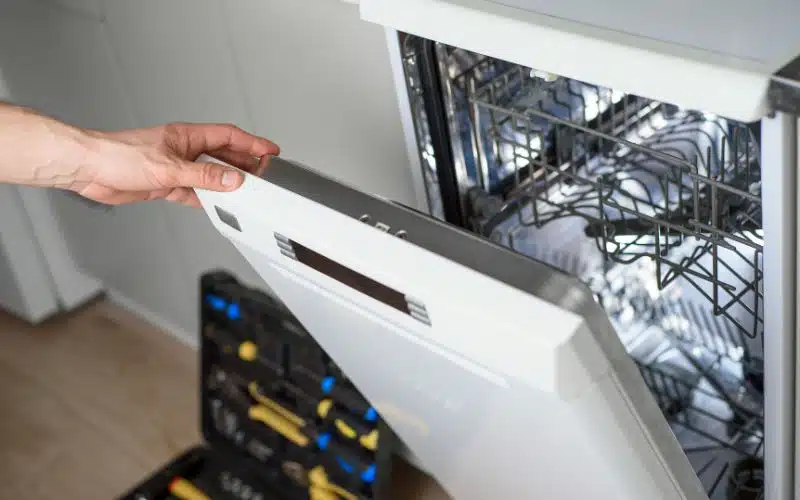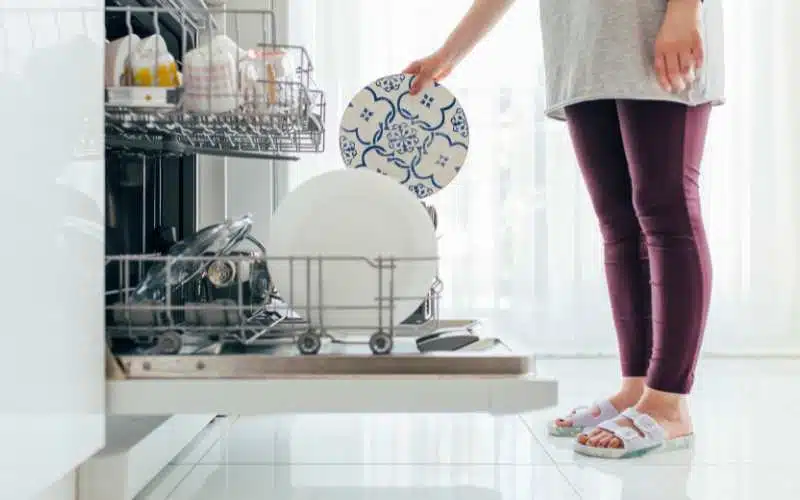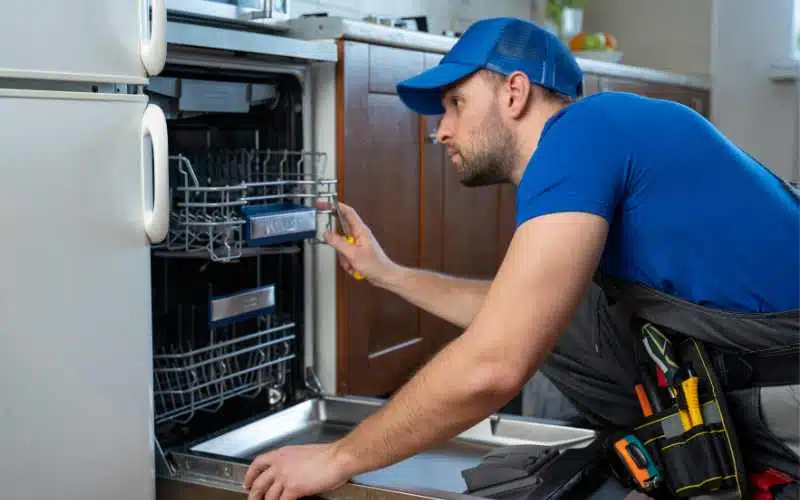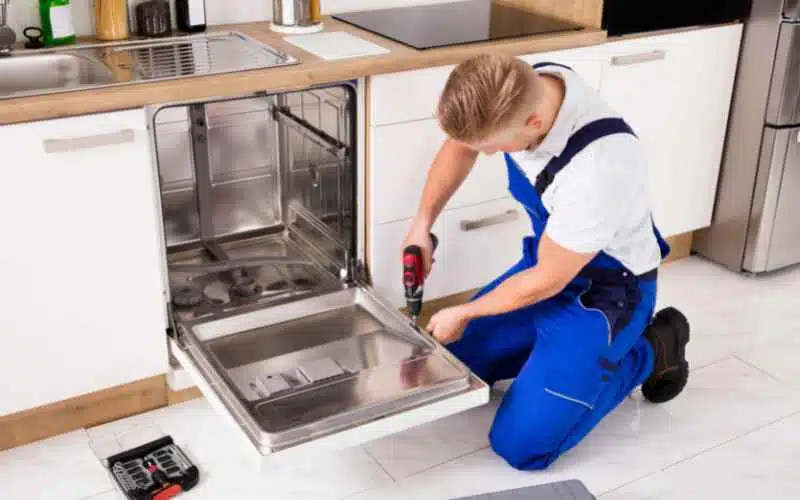There are several other reasons for crazing, so dishwashers do not always cause it. Crazing most times results from tension from the surface of your dishes.
Sometimes, your cookeries start having fine cracks no matter how much you look after it, and most times, it is after it just came out of the dishwasher; that leads us to the question, do dishwashers cause crazing?
Dishwashers have a role to play in crazing, but they are not the only reasons your dishes start to craze. Apart from putting cookery in the dishwasher, other factors that can cause crazing are fluctuating temperature and thermal expansion.
Does Dishwasher Cause Crazing?
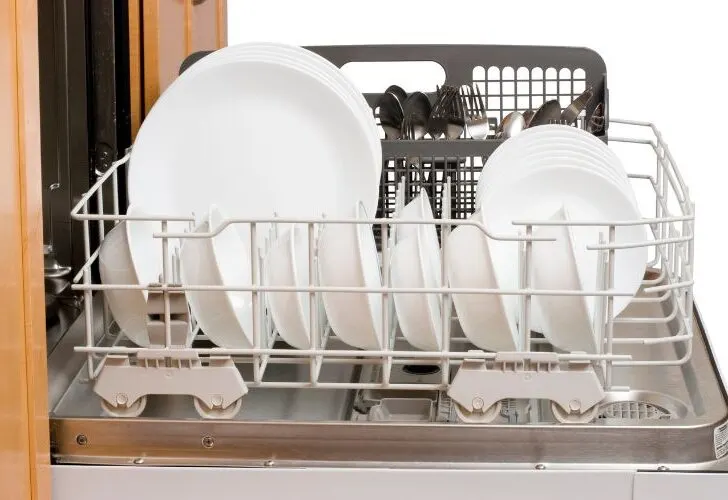
Yes, in some cases, the fluctuation in temperature in your dishwasher can cause them to craze, but that is not one of the primary reasons why your dishes craze.
Most crazing on your dishes is a result of thermal expansion. When the water in your dishwasher is hot, thermal expansion is most likely.
Most of the dishes start crazing in your dishwasher because of taking the maintenance of care of the dishwashers for granted.
You have to operate these dishwashers properly to prevent them from causing your dishes to craze and also cracking these dishes.
Some common mistake we make when operating our dishwashers that cause them to craze is as follows:
#1. Dishwasher Detergent
The choice of dishwasher detergent is not the only issue, but following the instructions on how to use them also plays an important role.
Do not think adding too much detergent to the dishwasher makes your plates extra clean.
In reality, this can leave a transparent film of detergent on your plates and eventually craze them in the long run.
#2. Jampacking These Dishes Together
When using your dishwasher to do your dishes, I would advise you that you maximize the space provided instead of placing these dishes closely together.
Doing this prevents your dishes from getting clean, and then when they bump into each other, they start to develop craze lines and start cracking in the long run.
#3. Too Much Food Remainders Left on Dishes
With the technology today, dishwashers can wash more complex dishes with larger chunks of dirt, but that shouldn’t be why we should leave food on the dishes before placing them in the dishwasher.
Instead, you should dispose of the food remainders in a trashcan and then place the dishes in the dishwashers; this would ensure that your dishwashers run smoothly.
What are the Reasons Why My Dishes Have Crazing, Apart from Dishwashers?
As I said earlier, there are many reasons your dishes craze is not dishwasher-inclined. Some of these reasons are as follows;
#1. Moving Your Dishes
Moving your dishes from areas with high humidity to areas with low humidity or the other way round can cause your dishes to craze.
Change in humidity levels is one of the frequent reasons why this happens.
#2. Dishes Bumping Together
When your place your dishes all together in the sink or place them too closely when they are in storage, they bump into each other, and in the long run, you start to see traces of craze lines.
When you store your dishes in storage cupboards, you can bump these dishes into each other in an attempt to get other stuff from the closet.
#3. Age
Older dishes have a higher chance of crazing, so we would advise you to treat them with care to prevent them from crazing.
#4. Poor Quality Glaze
When getting dishes, you should check if the glaze used is of good quality. If you don’t use quality glaze, there is a higher chance that your glaze will start crazing over time.
Differences between poor quality and good quality glaze include:
| Poor Quality Glaze | Good Quality Glaze |
|---|---|
| Too thick to the consistency of building bonding glue. | Thick to a consistency of heavy whipping cream. However, not too viscous. |
| Extremely light. | Can let light penetrate through it. |
| Metal release | The exact amount of silica needed in one mixture. |
How Do You Fix Crazing in Pottery?
Honestly, seeing craze lines on your piece of ceramic plates can be very frustrating.
Imagine getting your cookeries for a high amount and spending a lot on glazing and clay bodies only to see craze lines appearing on them later; it’s devastating!
You can fix this issue in the methods stated below;
#1. Rub a Lighter Layer of Glaze
A light glaze coating would prevent your dishes from developing tension and crazing.
But for this to work 100%, you have to use the suitable clay and glaze combo, and to keep the glaze thin, apply just one layer on your ceramics and allow them to dry up before heating.
#2. Avoid Underfiring the Ceramics
When you underfire clay, your ceramics experience delay in crazing delay because the under-fire clay pops out and shrinks as the humidity and temperature change. So, the cracks in the glaze do not match the dynamics of the clay.
You should use the proper type of firing, the bisque firing, to finally glaze fire your ceramics to be sure that these are entirely done before finally placing them in the heating chamber.
#3. Gently Cool Your Ceramics
By gently cooling the kiln, you quickly prevent the immediate crazing as it allows your clay body and glazes to adjust and stretch steadily.
You should not cool for 30 minutes; expand it to one or two hours to help stop the shock of crazing.
So, it is always advisable to slowly cool your ceramics if you aim to reduce the chances of it crazing some other time.
#4. Change Your Commercial Craze or Clay
After trying all the methods above, if you still get craze lines from your ceramics, the best thing to do would be to change the kind of clay and braze you use.
Maintaining your clay’s heat expansion with your glaze will help reduce thermal expansion in your ceramic during crazing.
Does Dishwasher Damage Plates
Since dishwashers were made for plates, they cannot damage your cookeries under typical situations, but you should be careful about what you want to put in less it might destroy it.
Some kitchen tools and plates you shouldn’t put in the dishwasher are listed below;
#1. Sharp Knives
Dishwashers can dull the blades of your sharp knives, and even if the manufacturers say it is okay to put them in, you should be careful when loading and unloading them to prevent cuts, so it would be advisable to wash your knives by hand.
#2. Nonstick Pots and Pans
Unless the manufacturer says you can put your nonstick pots in the dishwasher, do not attempt putting them in because the dishwasher can eventually break down the coating on these pots and pans and eventually ruin the nonstick finish.
#3. Cast Iron
Cast iron is one cookery that shouldn’t go into the dishwasher because these dishwashing detergents will eventually strip away and leave your pan vulnerable to rust.
So, the best thing for you to do is wash your cast iron-coated cookeries by hand and watch them last for generations.
#4. China With Metallic Decoration
China dishwares are dishwasher safe, but if these China come with metallic decorations or handles, then you should give using a dishwasher a second thought.
It is advisable that you handwash these cookeries by hand and keeps in mind that these metallic coating also starts to come off if it keeps bumping into other dishes in the dishwasher.
#5. Crystals
Some crystals made with lead start getting cloudy when repeatedly washed, so you should consider this too and hand wash them from time to time.
#6. Wood
Very hot water can warp wooden cookeries like boards and utensils with wooden hands, so the best thing to do is handwash these utensils.
#7. Plates That you Glue back together
If you have held a dish with glue or any form of adhesive, you should hand wash it because the hot water and harsh detergent that goes into the dishwasher can dissolve these dishwashers.
#8. Anything With Paper Adhesives
We know that water can dissolve these papers, so the best thing to do is carefully handwash this cookware and avoid the paper labels.
Placing them in the dishwasher can easily peel the paper off with harsh detergent. Some other cookeries include;
- Plastic materials.
- Acrylic dishware.
- Printed measuring cups.
- Dishes with big pieces of food on them.
Why are My Dishes Cracking in the Dishwashers
The temperature of the water used in your dishwasher is a significant reason, coupled with the thermal expansion of your material.
Dishwashers use a higher temperature of water (between 70-75 degrees c) compared to when being hand-washed (40-45 degrees Celsius), so when the hot water hits a cold and thick-bottomed piece of cookery, it is most likely to crack.
Conclusion
Crazed dishes can be very annoying to homeowners. Spending a lot of a piece of cookery and watching it crack over time can also be devastating, but don’t worry.
In this article, we have provided ways to prevent crazing and fix crazed kitchen cookeries.
